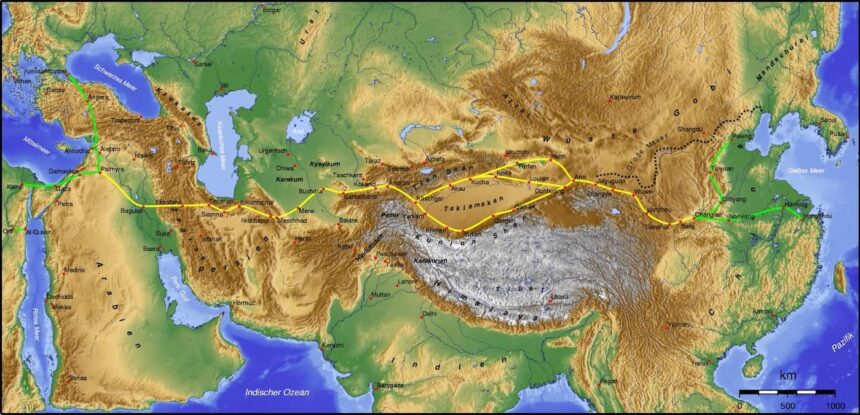Silk Road: Definition, Causes, and Objectives
The Silk Road is a network of trade routes linking Asia and Europe. It is one of the world's oldest trade routes.

The Silk Road is a network of trade routes linking Asia and Europe. It is one of the world's oldest trade routes.

